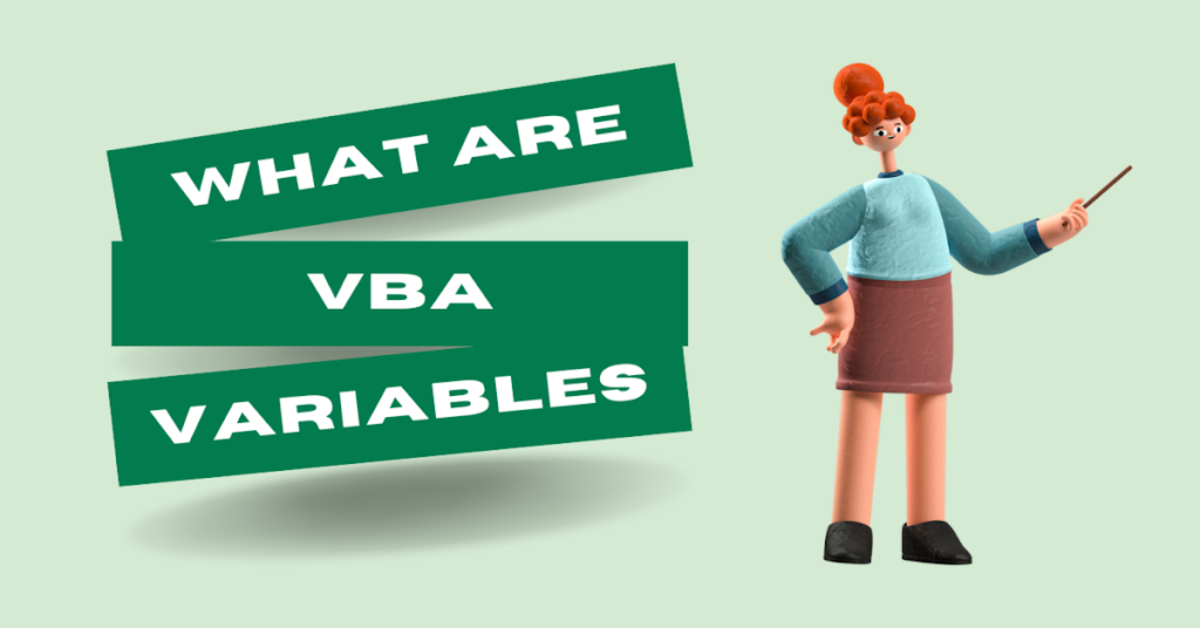VBA (Visual Basic for Applications) is a language that is common to visual basics that can only work through a host application (Excel, in our case). VBA can be used in all office versions, right from MS Office 97 to MS Office 2013 and some other latest versions that are available. Using VBA, we assure you of quality work with Excel. But before we get to the main work here, let’s start by making sure we get all tools ready and visible.
This Excel VBA tutorial for beginners provides in-depth lessons to learn VBA Excel and VBA basics. This Excel VBA tutorial for beginners covers VBA’s basic as well as advanced concepts.
What is VBA?
The acronym VBA stands for Visual Basic for Applications. It is a combination of Microsoft’s event-driven programming language visual basic with Microsoft Office Applications such as Microsoft Excel, MS PowerPoint, MS Word, and MS Outlook.
VBA enables you to computerize various activities in Excel like generating reports, preparing charts and graphs, doing calculations, etc. Today, VBA is widely used with other Microsoft Office applications as it is a tool for programming, editing, and running an application code.
With a range of programming languages available, there is a huge demand for IT professionals. You need to focus on the right skills. This is why Visual Basic for Applications is an excellent skill choice for beginners in coding to work on.
VBA is a high-level language. VBA is also known as a subset of Visual Basic 6.0 BASIC stands for Beginners All-purpose Symbolic Instruction Code.
See More: VBA Do While Loop
Why Learn Excel VBA?
Visual Basic for Applications is a programming language that you learn if you want to increase the level of your career in the software development field. Some of the skills that will be covered in this tutorial are object-oriented programming, programming basics, structured programming, and other programming tips and tricks. So buckle up, because you’re going to learn a lot from this tutorial.
Excel VBA allows you to write instructions for a variety of applications using English-like statements. Excel VBA is easy to use, as you simply drag and drop interface controls. Excel can also be enhanced by adjusting its behavior of it.
Application of VBA
VBA can be used for both personal and business purposes. For personal use, you can automate routine daily tasks using simple VBA macros.
VBA can be used to create powerful custom programs that draw on Excel’s power for business use.
VBA Basics
For a starter, it’s very important you know about the basics before starting or planning on writing any coding. Below are some valuable basics you need before starting:
Variable: Variables are memory locations. For you to work with VBA, you will need to declare variables.
For Example: Suppose we have (4a+5b), where a= 3 and b=5. The variable ‘a’ could contain the number 3 and the variable ‘b’ could contain the number 5. In this given expression, a and b are the variables.
Rules for Creating Variables
1. A variable can contain an alphabet, digits, and underscore.
2. You cannot define a variable name with space such as Last Number. You can use LastNumber or Last_Number. This means variable names can start with the alphabet, and underscore only. It can’t start with a digit.
3. No whitespace is allowed within the variable name.
4. A variable name must not be any reserved word or keyword, e.g. int, go-to, etc.
What are Arithmetic Operators?
We make use of the (BODMAS) rule during brackets of division, multiplication, addition, and subtraction when working with an expression that uses multiple different arithmetic operators.
1. (+) For Addition
2. (-) For Subtraction
3. (*) For Multiplication
4. (/) For Division
What are Logical Operators?
A logical operator is a symbol or word used to connect two or more expressions. The concept of this operator is very useful when working with VBA. Common logical operators include:
1. TRUE
2. FALSE
3. NOT.: Logical not
4. AND.: Logical and
5. OR.: Logical or
6. EQV. : Logical Equivalence
7. If Statements
Prerequisites for Learning VBA Excel Tutorial
This Excel VBA training assumes that you are an absolute beginner to VBA, but it is beneficial to know the basics of Excel and how the functions in Excel work to increase your learning speed and understanding. you should install MS Office, and mainly MS Excel on your computer system.
Audience
Our VBA tutorial is designed for beginners to help them understand the basics of VBA. This tutorial will provide enough knowledge of VBA from which you can take yourself to a higher level of expertise.
